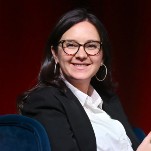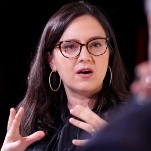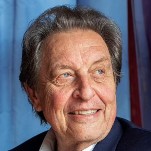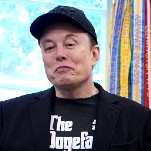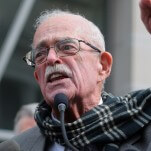How One Man Tried to Write Women Out of CRISPR, the Biggest Biotech Innovation in Decades
LatestOn January 14, Eric S. Lander published an article in the journal Cell celebrating the “heroes” of CRISPR-Cas9, a revolutionary DNA-editing technology that may be the most important genetic engineering development in decades.
“It’s hard to recall a revolution that has swept biology more swiftly than CRISPR,” Lander, a biologist at MIT and Harvard’s Broad Institute, wrote, noting that, although nearly every molecular biologist is familiar with the technology that allows scientists to easily disable or change the function of genes, they are likely unfamiliar with the manpower that went into its discovery.
“Yet, the human stories behind scientific advances can teach us a lot about the miraculous ecosystem that drives biomedical progress,” he continued, “about the roles of serendipity and planning, of pure curiosity and practical application, of hypothesis-free and hypothesis-driven science, of individuals and teams, and of fresh perspectives and deep expertise.”
Indeed.
What Lander failed to recognize in his article—and what many of his colleagues and commenters on the piece have recently condemned him for—is that his institute is currently involved in a billion-dollar patent dispute with the University of California’s Jennifer Doudna and Emmanuelle Charpentier of the Helmholtz Center for Infection Research in Germany, which played a vital role in developing CRISPR-Cas9. Not only did the Cell paper fail to disclose the potential conflict of interest, it significantly minimized the role of Doudna’s lab in advancing the technology.
In 2012, Doudna and a team of collaborators published a basic guide to using CRISPR to cut DNA at specific spots, according to MIT Technology Review. This spurred a race in the scientific community to see who could get the technique to work in plant or animal cells. Two studies applying the technique to human cells were published at virtually the same time: one by the Broad Institute’s Feng Zhang, the other by Harvard’s George Church. Doudna published another paper demonstrating the same thing four weeks later.
The US Patent and Trademark Office awarded the first patent for the use of CRISPR to edit specifically eukaryotic (organisms with a nucleus) genomes to Zhang in April of 2014, although an application for a similar patent (it’s unclear, and potentially unimportant, whether the patent application was for the use of CRISPR to edit prokaroytes or prokaryotes and eukaryotes) had been filed by Doudna and Charpentier seven months earlier.Zhang was granted the patent first likely because he applied for fast-track approval, despite the fact that Doudna and Charpentier had been awarded the prestigious Breakthrough Prize for the discovery.
“I think without Zhang fast-tracking his application, the PTO would have flagged it for being in conflict with Doudna’s earlier application,” New York Law School’s Jacob Sherkow wrote in an email to The Scientist. “We may have been living in a world where there were no issued CRISPR patents [until 2017].”
-

-

-

-

-

-

-

-

-

-

-

-

-

-

-

-

-

-

-

-

-

-

-

-

-

-

-

-

-

-

-

-

-

-

-

-

-

-

-

-




